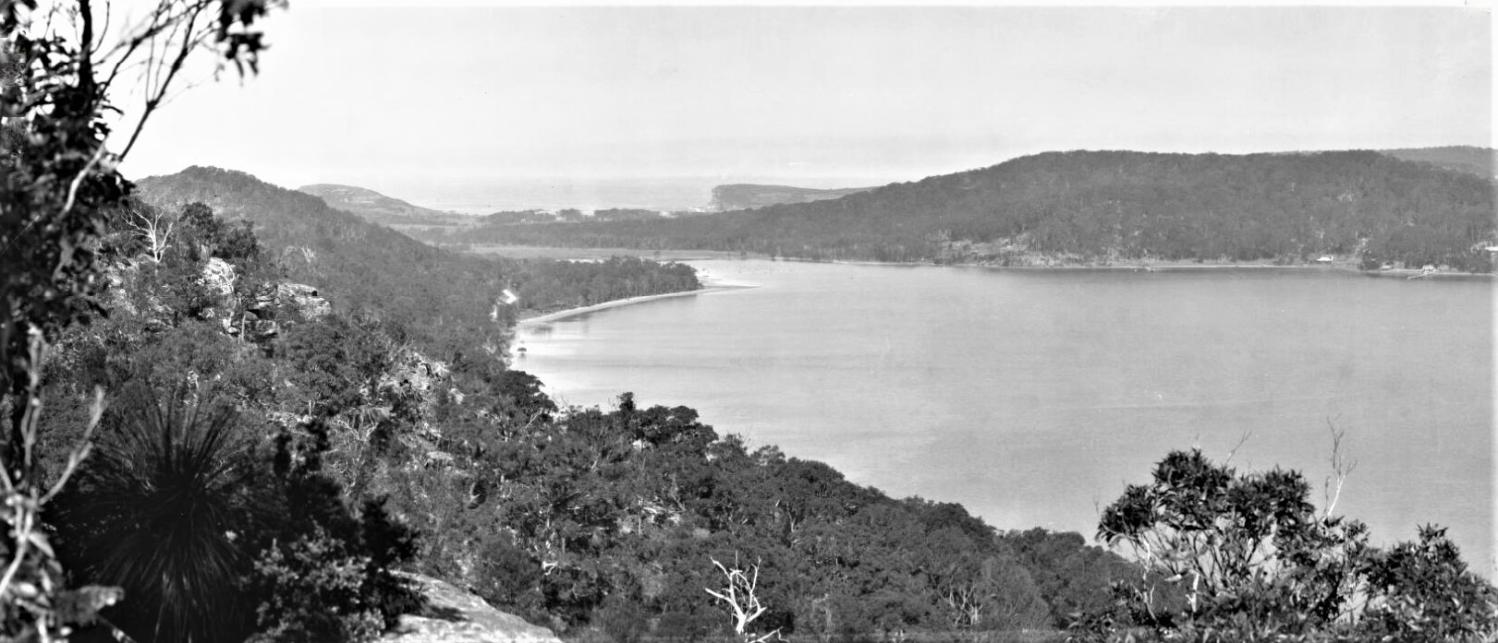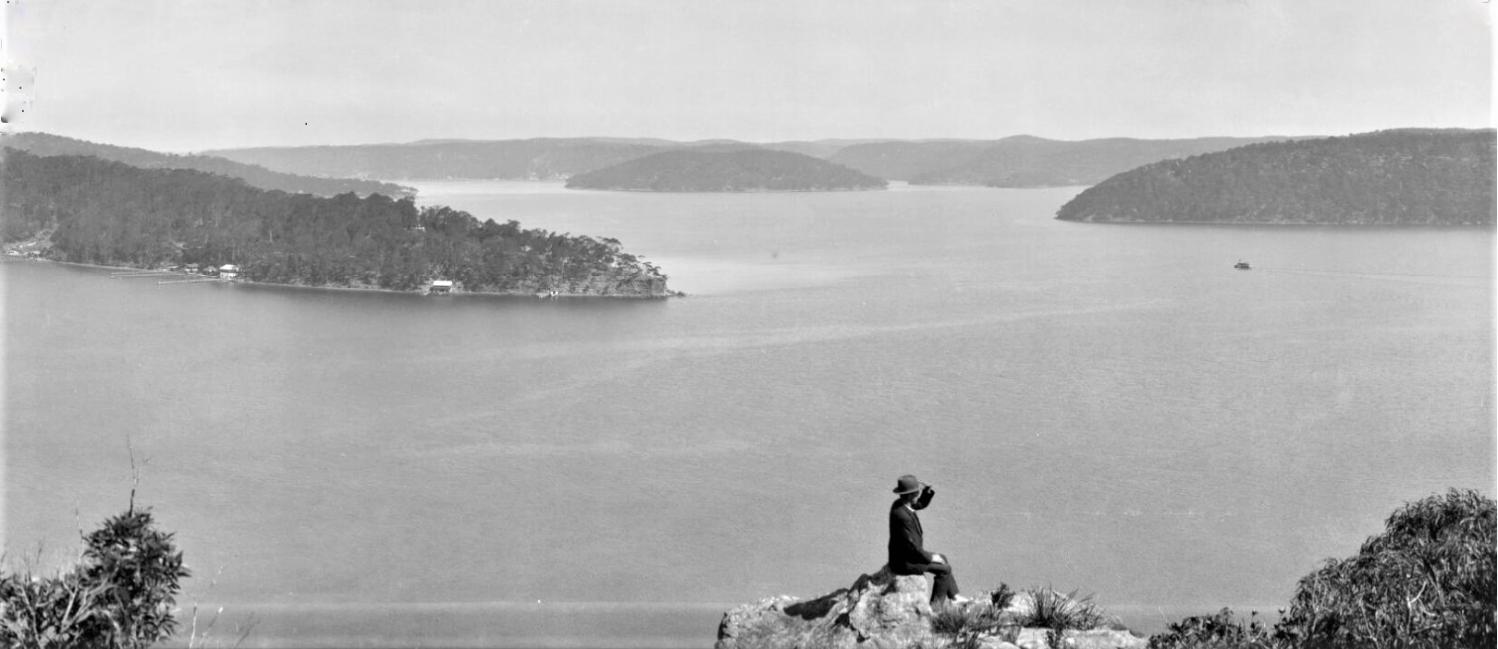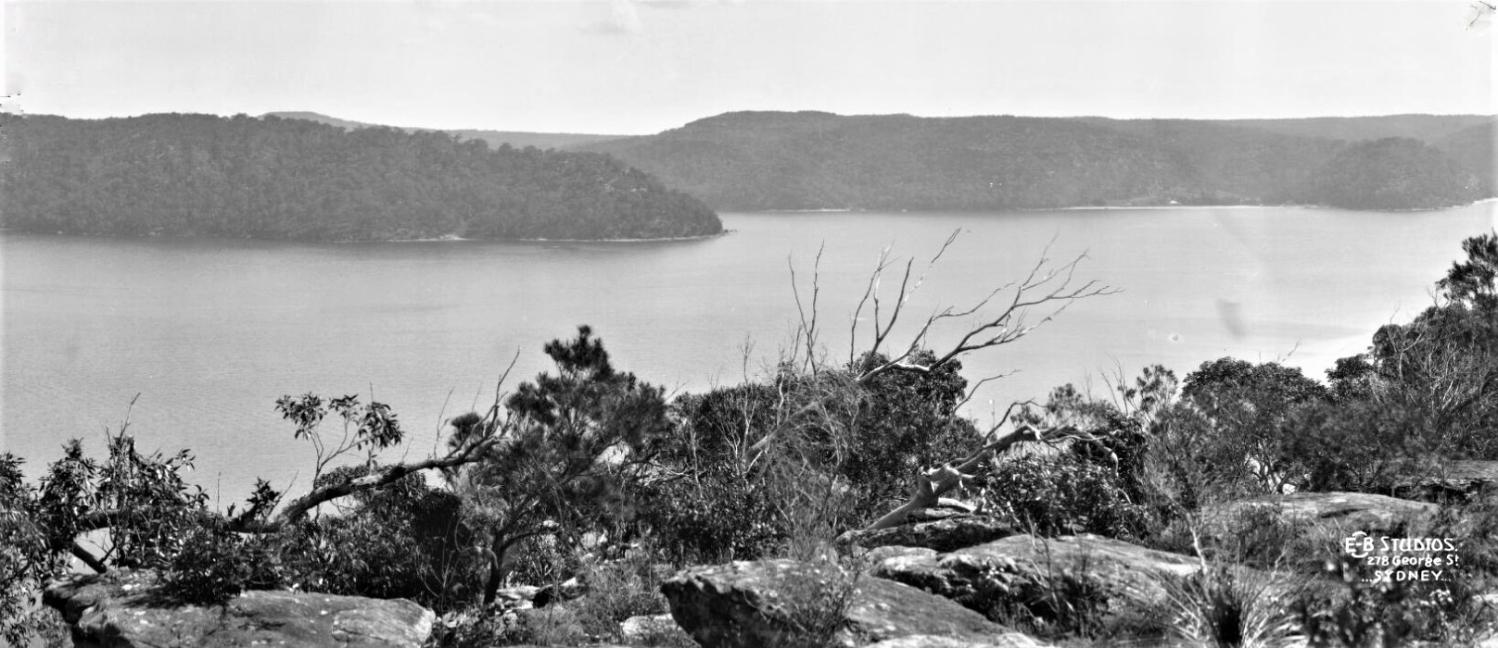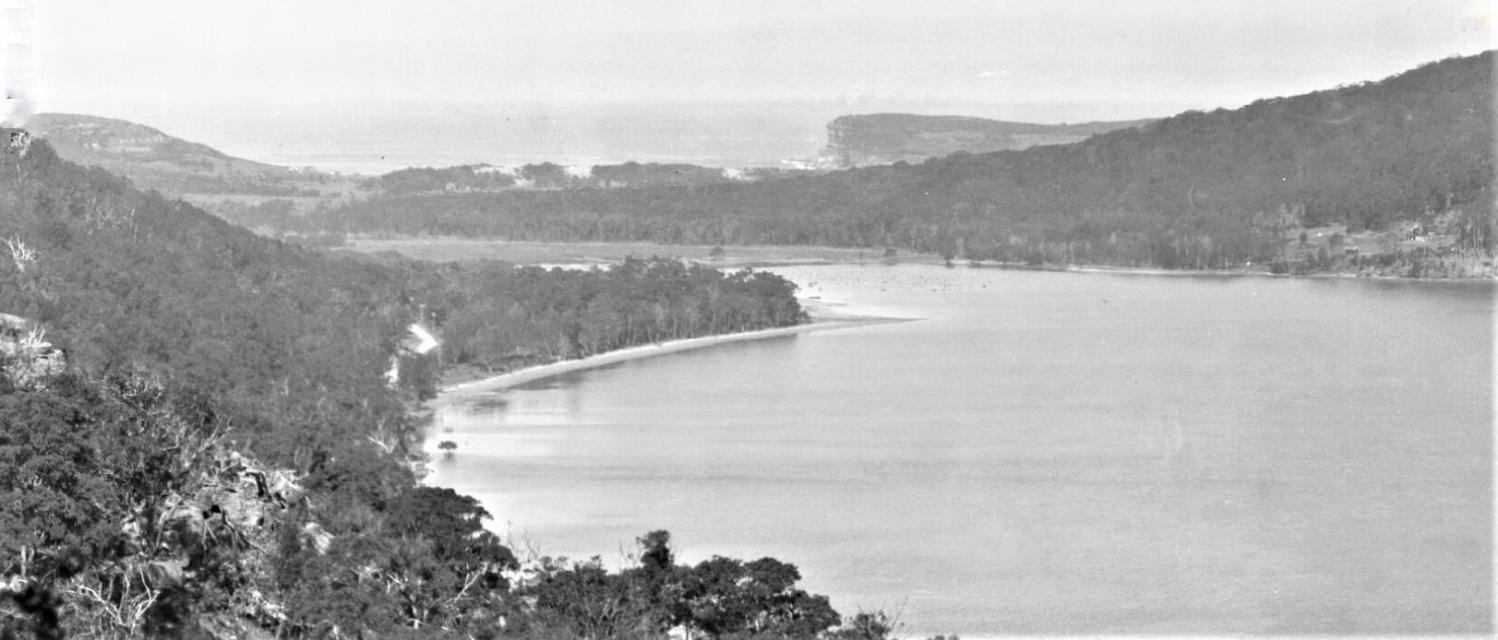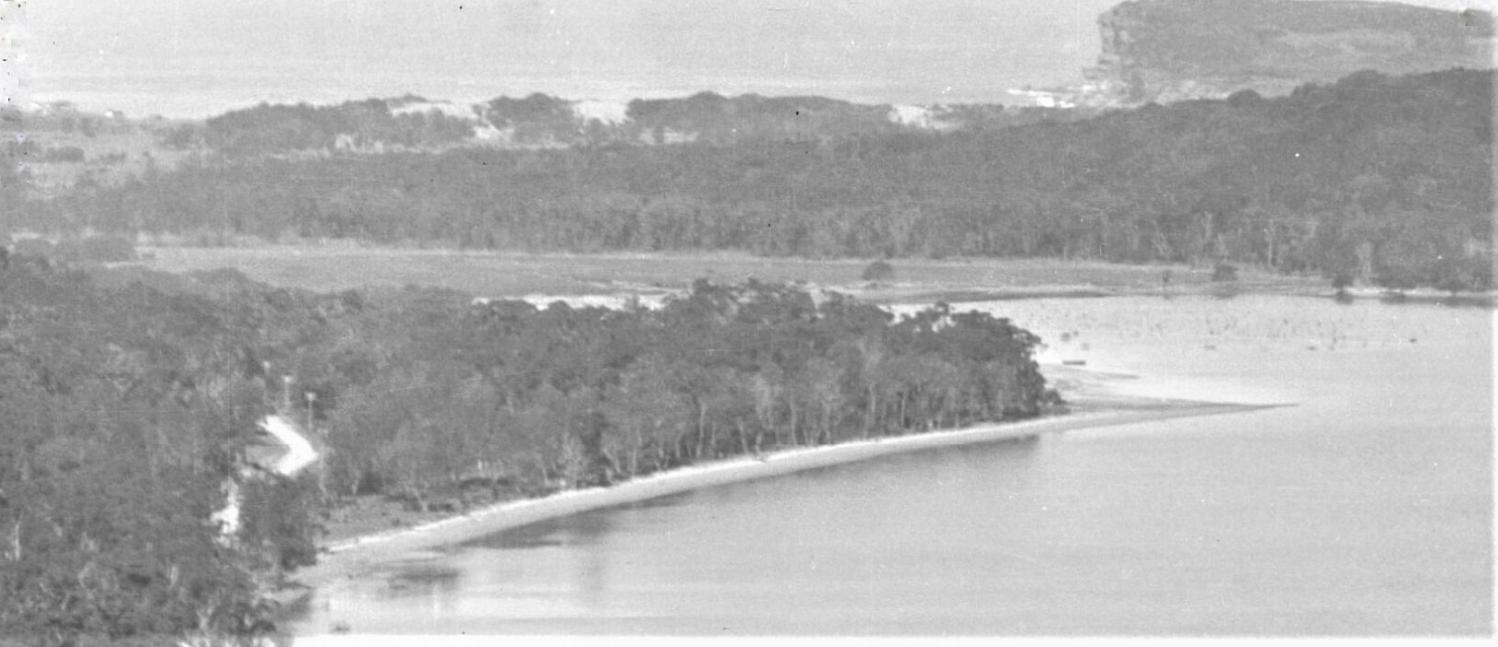May 22 - 28, 2022: Issue 539
Careel Multi Layered Coastal Assessment CMCA
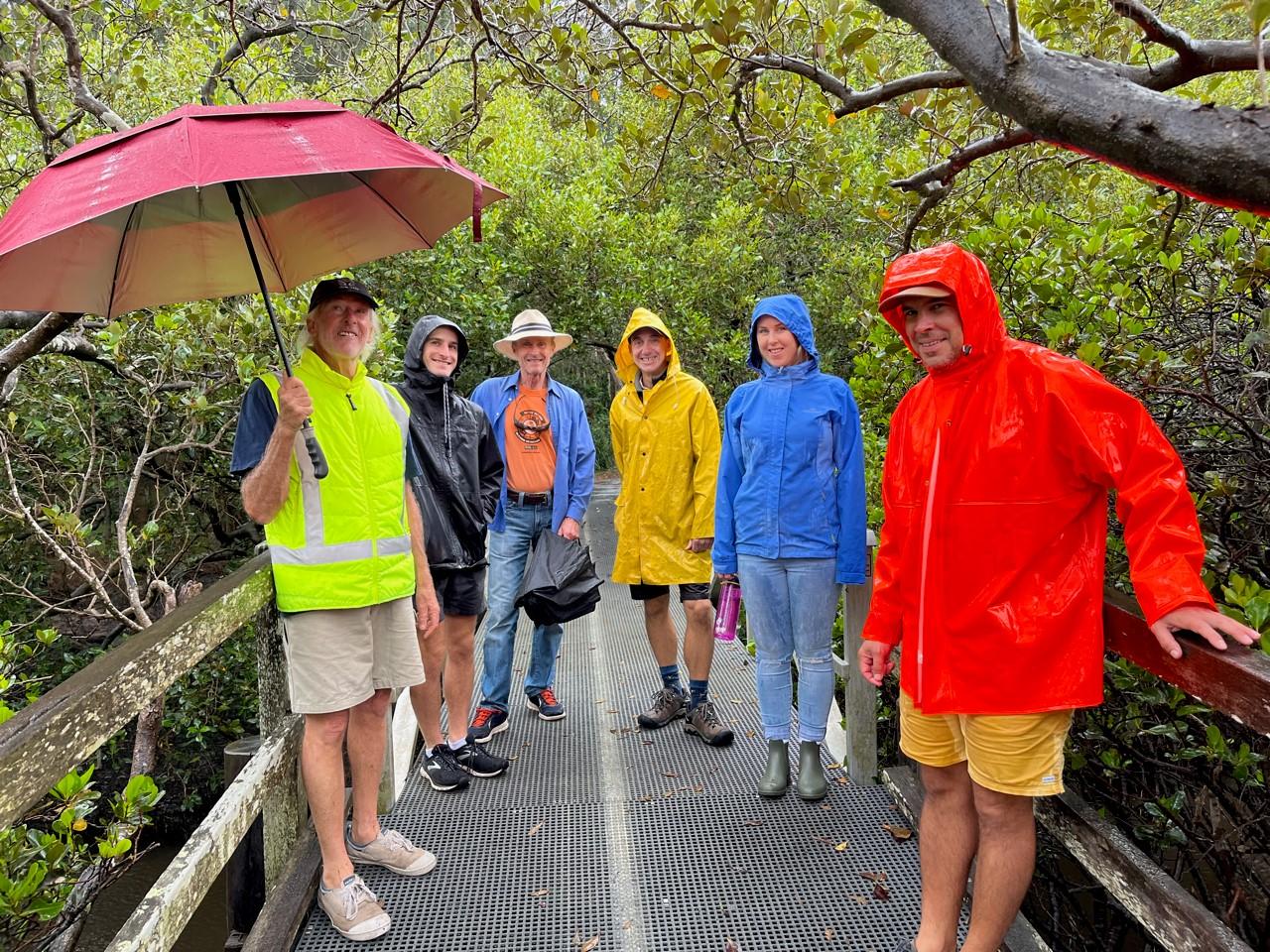
Living Ocean website: www.livingocean.org.au/cmca---careel-collaboration.html
On Facebook: www.facebook.com/groups/1534007546994771
The CMCA is a detailed study of the Careel marine environment, which is the most significant area of estuarine wetlands on the Northern Beaches.
Conducted over 12 months by the Careel Collaborative, the project will assess Careel on multiple layers: from the state of Pittwater’s largest stand of mangroves and endangered seagrass beds to the levels of macro and micro plastics in the environment and the impact of Careel Creek and stormwater outflows.
A group of scientists will be focussing on each specific layer of study - Mangroves, Seagrass, Plastics micro and macro and more. This will set up a strict survey protocol and timeline to achieve knowledge of the creek and bay.
This is a citizen science project and your help is needed alongside our expert researchers. You can get involved in whichever specific area you like.
To volunteer, contact Living Ocean: please send us your details via email: info@livingocean.org.au or phone: 0410 374 333
There is also a Facebook group you can join to view updates and news: CMCA
WE have set a DATE FOR COMMUNITY BRIEF AT AVALON RECREATION CENTRE on 28 MAY 12.00. The Meeting will be held UPSTAIRS IN ACTIVITY ROOM 4
The FIRST SURVEY will be in EARLY JUNE.
- MANGROVES & SALTBUSH
- MICRO & MACRO PLASTICS
- POSIDONIA & SEAGRASS
- FLORA & FAUNA
Living Ocean is an environmental association that promotes awareness of human impact on the ocean through research, education, creative activation and support of others who sustain ocean health and integrity.
As a centre for marine studies, our projects expand the scientific and community understanding of coastal marine ecosystems in Australia.
CONTRIBUTING SCIENTISTS
Professor Adriana Vergés is a marine ecologist based at UNSW Sydney. She is passionate about communicating science and has published over 85 peer-reviewed articles and book chapters. Her research focuses on the impacts of climate change in our oceans and on developing restoration solutions to rewild our coastlines. Adriana is a lead investigator of Operation Crayweed and Operation Posidonia, award winning projects restoring missing seaweed forests and seagrass meadows. She was awarded a Green Globe Award for Environmental Impact in 2017 and the UNSW Emerging Thought Leader Prize in 2019.
Jordan Gacutan is a marine debris and ocean governance researcher at UNSW, Sydney. Working at the interface of science and policy, Jordan assists governments (from local to national levels) in ‘making nature count’ to understand the value of our ecosystems and how we impact them. His PhD explores the role of Citizen Science in marine debris monitoring, and the transformation the data towards policy and management interventions. He has experience working with government and sectoral stakeholders on spatial planning, spatial data infrastructure, and environmental management projects within the Baltic Sea, Spain, Maldives, India, Fiji, and Australia.
Grace Nye-Butler is a PhD student in her second year at UNSW studying in the Centre for Marine Science and Innovation (CMSI). With a grounding in marine ecology, Graces research focusses on social ecological systems to help manage marine debris. Much of this work involves engaging with community science to foster environmental stewardship though education and outreach. With emphasis on science communication and engaging with interdisciplinary stakeholders her research examines effective behavioural change outcomes and citizen science applications for studying marine debris. By partnering with environmental organisations that provide marine debris education Grace is able to assess the outcomes of the educational programs to optimise their teachings and create maximum impact for sustainable behaviour change.
Scott Wilson Earth Watch and Macquarie University. Chief Scientist at Earthwatch. Scott has over 25 years’ experience in environmental management, where he has researched a range of anthropogenic impacts to temperate and tropical ecosystems and how this may in turn affect human health. Over these years, Scott has worked in academia and government and collaborated on projects across the Asia Pacific and Europe and has provided advice for government, industry, education providers, NGOs and community groups. He is also Research Director of the Australian Microplastic Assessment Project (AUSMAP), a Eureka prize winning nation-wide citizen science program that identifies hotspots of microplastic pollution, their sources and works with stakeholders on practical solutions. Scott sees the value in communicating and raising awareness on these environmental issue with the broader public. By working together on these issues, he feels we can all make a difference.
Jock MacKenzie Earth Watch, Wetlands Program Manager. Jock Mackenzie is a tidal wetland ecologist and science communicator with over 15 years experience in field ecology. About 15 years ago Jock discovered how truly amazing and useful mangroves are and since then he has developed a passion for their conservation and protection. He’s continually surprised by the fascinating complex interactions that occur in this environment and the functional benefits they provide to people in coastal areas. His main interests are in developing an increased awareness of how people influence mangroves, the processes that detract from their capacity to provide the ecosystem services upon which we rely and what we can do to reduce those threats. In 2008 he co-founded MangroveWatch with Dr. Norm Duke to help address these issues and he is currently co-director and program coordinator. Through the MangroveWatch science-community partnership, he aims to raise awareness of the importance of mangroves, increase overall understanding of mangrove ecosystems, define local threats and processes and assess how people value mangroves in their local area.
Derrick Cruz, grew up snorkelling and exploring the estuaries and seagrass meadows of NSW. He is now a passionate fish ecologist and holds particular interests in range-shifting species, habitat restoration and the enhancement of wild fisheries. He has worked with DPI and UNSW on various field-intensive projects and enjoys promoting sustainable practices to younger generations. Derrick is a part of the Operation Posidonia team. Operation Posidonia is about: Healing old wounds by restoring an endangered seagrass in boat mooring scars. This project uses recent innovations in seagrass restoration to revegetate an endangered seagrass, Posidonia australis, in boat mooring scars where environmentally friendly moorings have recently been installed. Donor seagrass shoots are collected by 'citizen scientists' following large storms, which result in naturally detached seagrass being washed up along beaches. This method of collection of donor shoots avoids damage to existing P. australis meadows while also engaging local communities in restoration. In parallel, a science communication campaign aims to raise awareness about the importance of seagrass meadows and the benefits of environmentally friendly moorings. Project knowledge will be transferred to volunteer groups to facilitate P. australis restoration in other NSW estuaries. Derrick has previously published a report in Pittwater Online in 2020: ‘Operation Crayweed’ Manly: Engaging The Manly Community In Restoring Manly’s Lost Underwater Forests
Clayton Mead CMSI UNSW, is a research assistant at UNSW and has a background in marine science and underwater restoration. He assisted with Operation Posidonia as a volunteer during his undergraduate studies, and is passionate about the conservation of marine habitats. Clay finished his Honours at UNSW Sydney in 2019. His research focused on quantifying the costs of benefits of restoring underwater forests by removing sea urchins. His work focused on the reefs of Kurnell, one of the Operation Crayweed restoration sites where the team were having trouble to secure crayweed survival, as it gets munched by the urchins before populations can properly take off. Operation Crayweed has been the most successful kelp restoration program in Australia to date. It has evolved from pilot restoration attempts in 2011 (2 sites) through to restoration at the scale of loss in 2018 (11 sites across ∼70 km) with further expansion ongoing. Clay has also worked in marine education and outreach programs and is a keen diver and snorkeler, having grown up exploring the NSW coastline.
Bill Fulton Living Ocean Science Director, Centre for Marine Studies, and Behayve app. creator. Living Ocean's Centre for Marine Studies builds upon the expertise of the Whale and Seal Foundation (WSF), which merged into Living Ocean. WSF brought into Living Ocean experienced whale researchers and educators, including several of the most experienced whale rescue specialists in Australia. For many years WSF volunteers trained the NSW National Parks Service, Australian National Parks, Water Police and other organisations in the rescue of stranded and entangled whales. Bill Fulton - IT Cetacean behaviour and tracking programmer, was one of those WSF members and has spent over 35 years in the study of marine mammals, focusing on humpback whales, especially those that migrate north and south each year.
Since 2019 Living Ocean’s research arm as also focused on collecting data on microplastics in conjunction with a group called AUSMAP. This is headed up by the Total Environment Centre by Academics, Michelle Blewitt and Scott Wilson, at Macquarie University. This is a world first citizen science project in microplastics. The objective of AUSMAP is to create a heatmap of microplastics in Australia. we want to do is find out how much microplastic is on the beach and what kind is it. We then roll that up onto the database where scientists can study what’s happening.
There are others consulting as well.
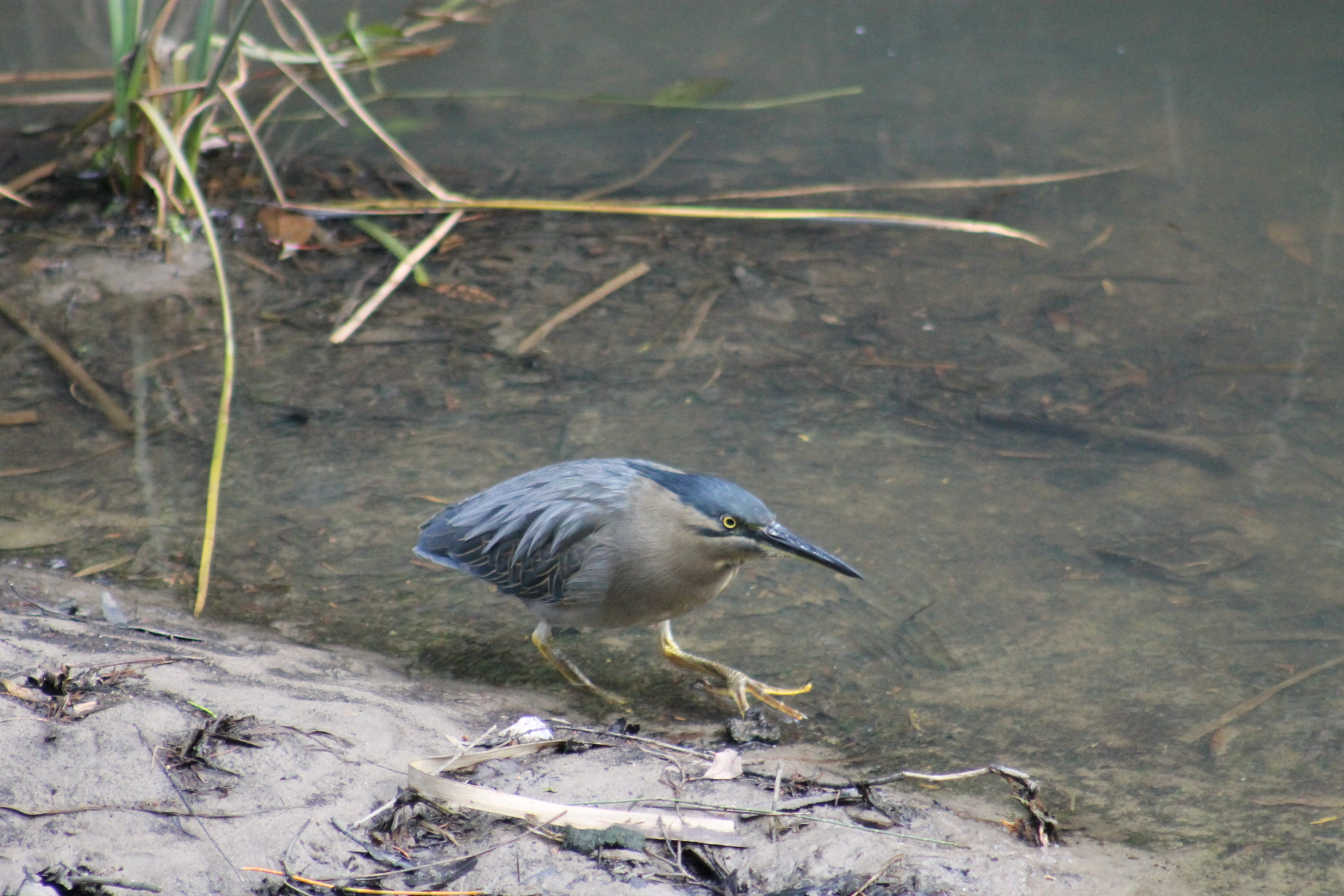
Mangrove or Striated Heron Butorides striata - in Careel Creek and Careel Bay Mangroves, July 31st, 2013. Photo: A J Guesdon
Careel Bay forms an estuarine complex of wetland vegetation communities, namely swamp oak woodland, saltmarsh, mangroves and seagrass beds. There are other habitats with less visible vegetation, such as sandy beaches and mudflats with their microfloral communities. There are also transitional zones with sedges and grasses at vegetational boundaries and exotics bordering the residential houses. Many of the plant species present in the estuary are at their northern or southern limit. This makes the bay and its creek of regional as well as local significance.
Careel Bay is a great example of a multi-tiered intertidal wetland system, broken down into the salt marshes, (above the high tide level); mangroves and mudflats, (above the low tide level); and submerged sea grass beds.
Some of the significant features of the vegetation habitats include:
- the complex comprises seagrass beds, intertidal mudflats, Mangrove, saltmarsh, swamp oak Woodland and Swamp Mahogany Forest remnants.
- the mangrove community contains Grey Mangrove and River Mangrove
- the Swamp She-Oak (Casuarina glauca) is also important in that although this species is poorly conserved in the Sydney Region and a food source to the sedentary threatened species Glossy Black-Cockatoo
- extensive intertidal mudflats are present, crucial to migratory waders as a food resource
- seagrass bed includes Posidonia australis at its northern limit, a plant highly susceptible to disturbance and habitat essential for fisheries productivity
- this Sarcocornia dominated saltmarsh is the only one left in NSW
- remnants of an extensive saltmarsh community which is habitat for the threatened Bush Stone Curlew and plant species Bacopa monnieri approaching its southern limit
- the estuarine communities form an important green link with the adjoining Narrabeen Slope Forests of Whale Beach and Avalon
Careel Bay is a site on the East-Asian/Australasian Flyway for migratory wading birds. These arrive in spring from their breeding grounds in Mongolia and Siberia to rest and eat. The Australian people Federal Government is committed to a number of international agreements for the protection of these birds and their habitats, including the JAMBA (Japan-Australia Migratory Bird Agreement) and CAMBA (China-Australia Migratory Bird Agreement).
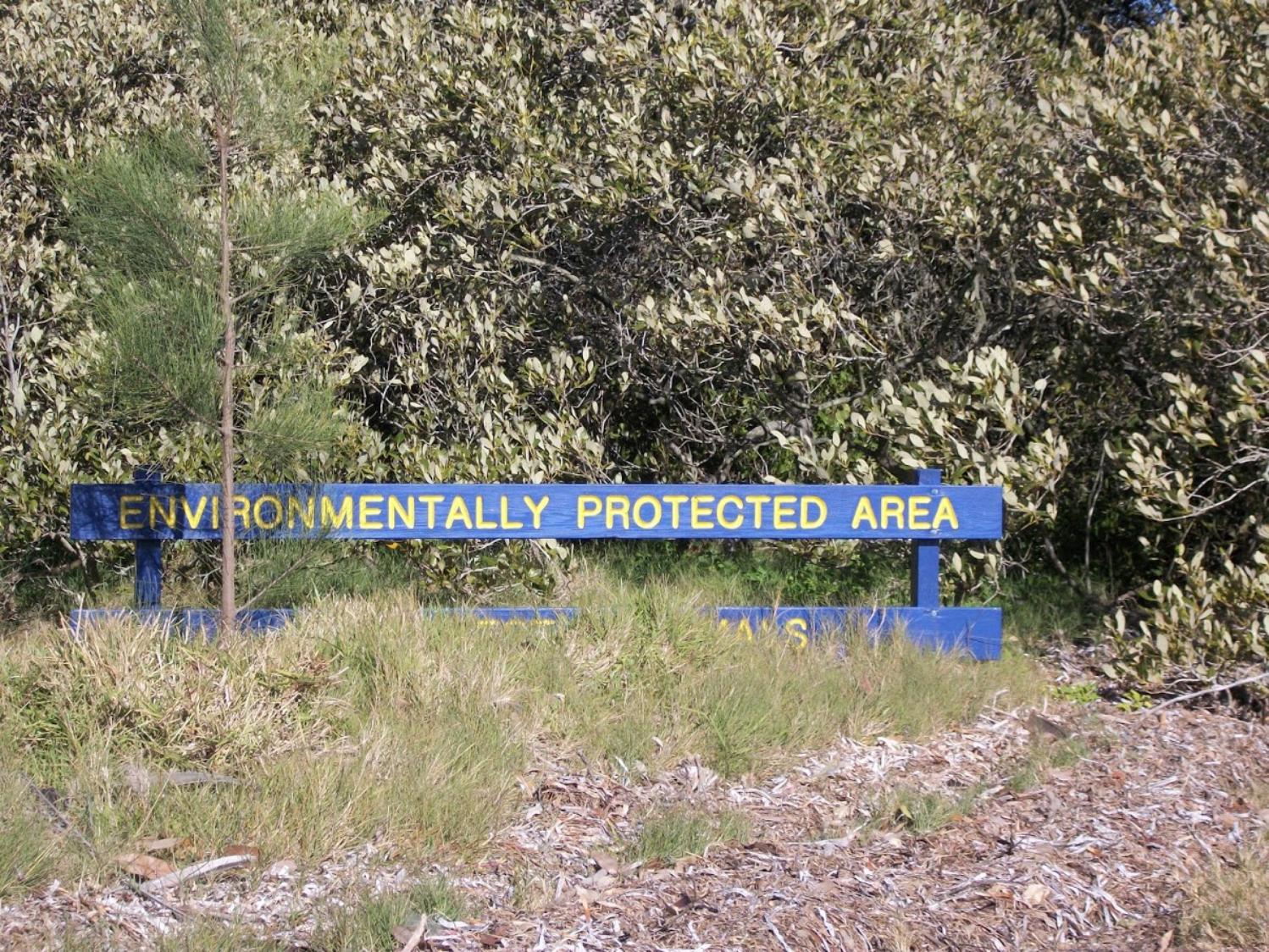
Posidonia australis, is a species of seagrass that occurs in the southern half of Australia. It occurs in 17 estuaries along the east coast of New South Wales from Wallis Lake to Twofold Bay near the New South Wales/Victorian border. Six locations within New South Wales (Port Hacking, Botany Bay, Sydney Harbour, Pittwater, Brisbane Waters and Lake Macquarie) have suffered significant population decline and have been listed as endangered populations (NSW DPI).
Why is Posidonia australis important?
- It supports a diverse range of fauna, providing habitat, shelter and food. This includes other protected and threatened species such as the White's Seahorse, Little Penguins, Green Turtles, pipefish and seadragons.
- It also provides nursery habitat and feeding grounds for commercially and recreationally important fish species such as bream, sea mullet, leatherjacket, mullet and garfish.
- Protects water quality by filtering the water and removing and recycling nutrients.
- Stabilises sediment on the seabed.
- Improves air quality by taking carbon dioxide gas out of the water and releasing oxygen. The leaves use the carbon to grow and are eventually buried in the sand when they die. This is an example of "blue carbon" - a captive of the seabed and no longer a greenhouse gas in the atmosphere.
- Did you know that seagrasses can bury carbon at a rate 35 times faster than tropical rainforests? True.
To volunteer, contact Living Ocean: please send us your details via email: info@livingocean.org.au or phone: 0410 374 333
There is also a Facebook group you can join to view updates and news: CMCA
Reminder: COMMUNITY BRIEF AT AVALON RECREATION CENTRE on 28 MAY 12.00. The Meeting will be held UPSTAIRS IN ACTIVITY ROOM 4 - please come along and get involved.
- Careel Bay Steamer Wharf and Boatshed
- Pittwater Roads II: Where The Streets Have Your Name - Careel Bay
- Careel Bay Playing Fields Reserve - Including Hitchcock Park: Birds, Boots & Beauty
- Barrenjoey High School Bushcare: Careel Creek - Thursday 25th of March, 2012
- Asparagus Fern Out Day At Careel Bay
- Pittwater Natural Heritage Association Careel Creek Planting Day June 2018
- Careel Creek Bushcare Group: 1990 To 2019
- Careel Creek Cleaners Inspire A Way Forward For World Wetlands Day 2022
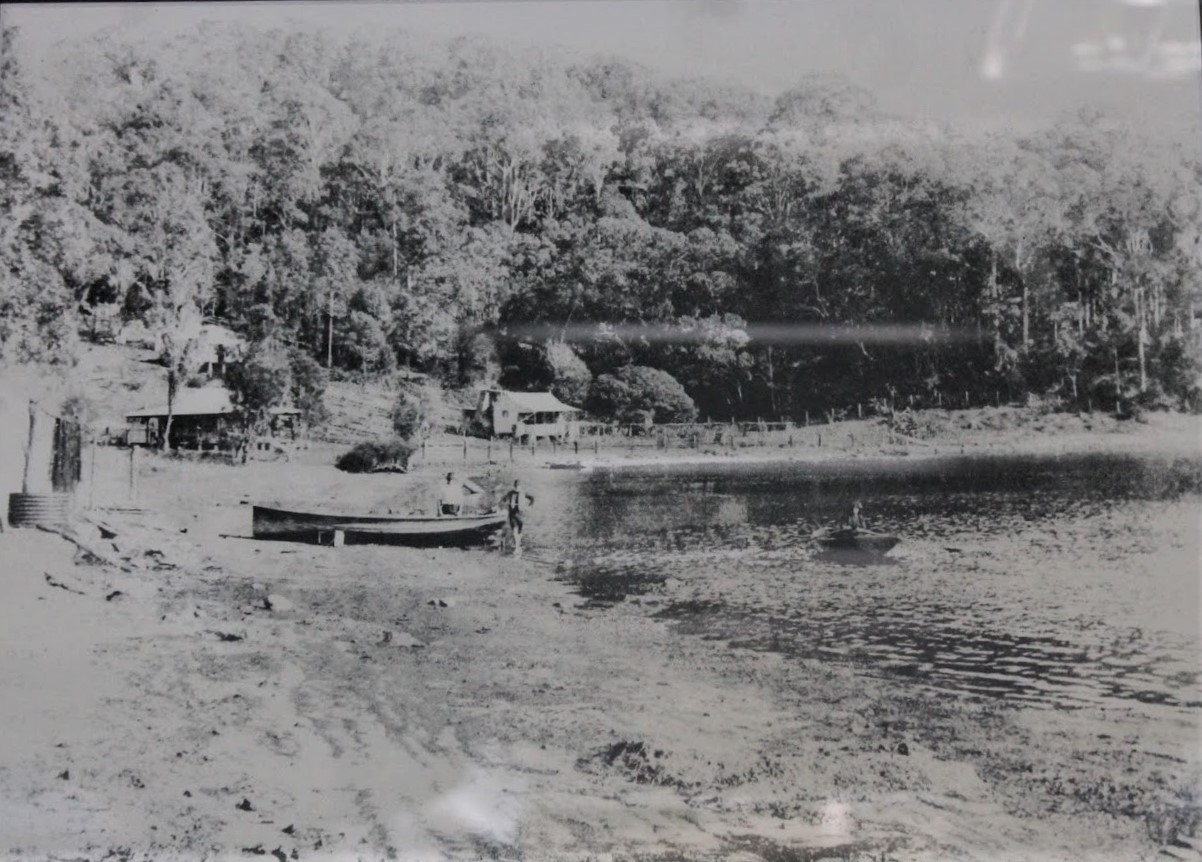

Careel Bay circa 1900-1910. Photos courtesy Peter Verrills

EB Studios (Sydney, N.S.W.). (1917). Panorama of Palm Beach, New South Wales, 11 Retrieved from http://nla.gov.au/nla.obj-162487775 - and sections from to show Careel Bay saltmarsh detail - photo was taken from what we today call Mackay Rsereve
